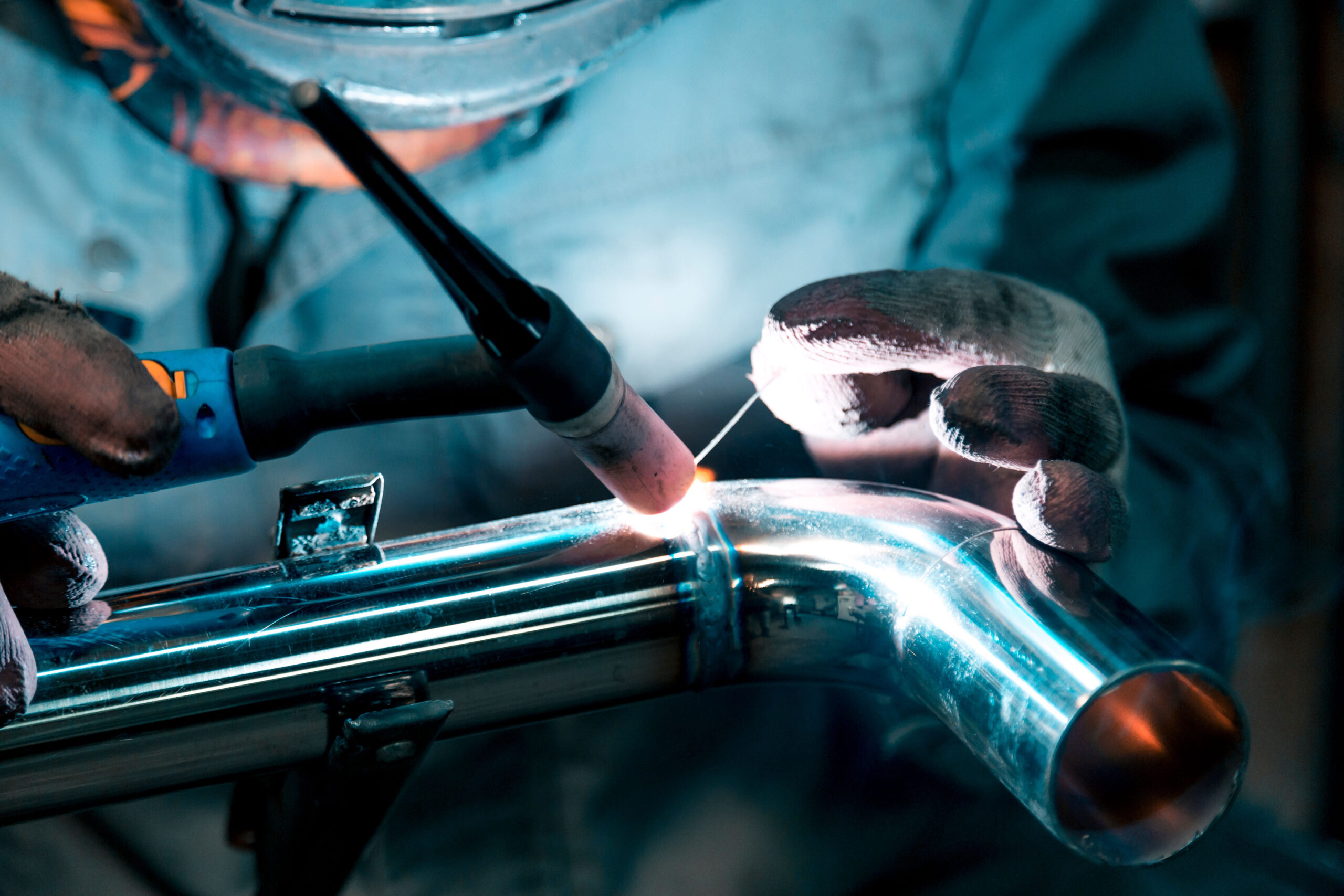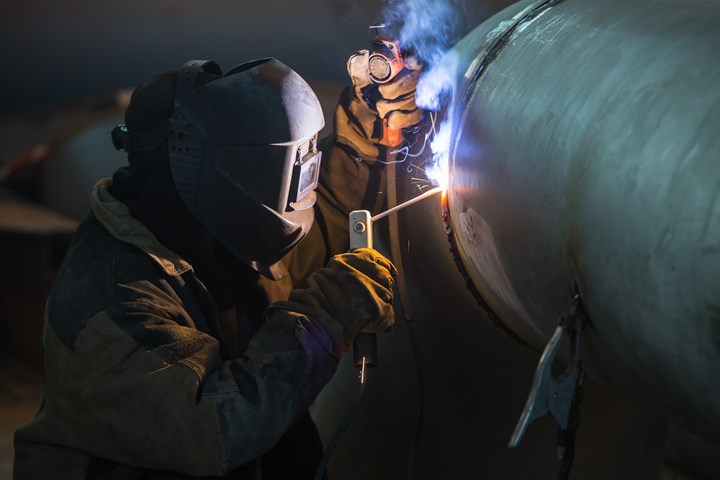Welding WPS: Typical Mistakes to Stay Clear Of and Exactly How to Correct Them
Welding WPS: Typical Mistakes to Stay Clear Of and Exactly How to Correct Them
Blog Article
The Ultimate Guide to Welding WPS Procedures: A Comprehensive Overview for Welders
In the detailed globe of welding, Welding Treatment Requirements (WPS) serve as the foundation of making certain high quality, consistency, and safety in welding procedures. Understanding the subtleties of developing, carrying out, and monitoring WPS treatments is essential for welders aiming to boost their craft and fulfill sector standards. As we dive into the various components of a WPS and check out the intricacies of certification and accreditation, we will reveal the vital duty these procedures play in the world of welding. Allow's embark on a trip to untangle the complexities and significance of WPS treatments in welding methods.
Significance of WPS Procedures
Recognizing the significance of Welding Treatment Specifications (WPS) procedures is vital for ensuring the quality and integrity of welded frameworks. WPS procedures work as a roadmap for welders, outlining the required steps, specifications, and products needed to achieve a sound weld. By sticking to WPS guidelines, welders can make sure consistency in their work, resulting in trusted and structurally audio welds.
One of the primary reasons WPS treatments are crucial is their duty in preserving weld high quality and stability. Following the defined welding specifications and techniques laid out in the WPS helps stop flaws such as porosity, splitting, or incomplete fusion, which can endanger the toughness and toughness of the weld. In addition, WPS procedures are essential for making certain compliance with sector criteria and codes. By adhering to recognized WPS guidelines, welders can demonstrate that their job fulfills the required needs for security and quality, providing assurance to customers, inspectors, and governing bodies. Essentially, the importance of WPS treatments can not be overemphasized, as they are fundamental to achieving consistent, top quality welds that meet market standards and specifications.

Components of a WPS
A Welding Treatment Spec (WPS) generally comprises necessary components that detail the specific needs for performing a weld, ensuring consistency and high quality in the welding procedure. The vital components of a WPS include important variables such as base metals, filler steels, interpass and preheat temperature levels, welding procedures, securing gases, welding settings, and post-weld warmth therapy demands.
Base metals refer to the products being joined, while filler metals are utilized to fill the void in between the base metals throughout welding. The welding process details the certain method to be made use of, whether it's gas steel arc welding (GMAW), shielded steel arc welding (SMAW), or one more method. Welding settings define the alignments in which welding can be done.

Certification and Certification
Having developed the crucial elements of a Welding Procedure Requirements (WPS), the focus currently shifts in the direction of the vital facets of certification and qualification in welding practices.

Accreditation, on the various other hand, is the official recognition of a welder's credentials by a pertinent certification body or organization. Welding qualifications are normally company website based upon the particular welding processes, products, and settings a welder is certified to function with. Holding a legitimate welding qualification shows that a welder fulfills market standards and is competent to carry out welding tasks to the needed specs.
Creating a WPS
To create a Welding Treatment Specification (WPS) that meets industry requirements, cautious factor to consider of welding procedures, materials, and operational specifications is crucial (welding WPS). The initial action in developing a WPS is to determine the welding process to be used, such as gas steel arc welding (GMAW) or shielded metal arc welding (SMAW) As soon as the welding procedure is identified, the following essential aspect is choosing the appropriate products, thinking about factors like base metal kind, thickness, and joint layout. Operational criteria such as welding present, voltage, traveling rate, and securing gas composition need to likewise be carefully specified in the WPS.

Implementing and Keeping An Eye On WPS
Upon finalizing the thorough Welding Treatment Spec (WPS) that thoroughly information welding procedures, materials, functional parameters, and quality control procedures, the focus moves to properly applying and keeping an eye on the well-known treatments. Application entails making sure that all welders associated with the task know with the WPS and follow it meticulously throughout the welding process. This needs providing adequate training and guidance to assure adherence to the specified treatments. Monitoring the WPS includes continuous oversight to validate that welding tasks straighten with the recorded requirements. Inspections, testing, and quality control measures are see here now essential elements of the surveillance procedure to identify any kind of variances or concerns quickly. Normal audits and evaluations of the welding treatments assist in keeping consistency and high quality throughout the project. Reliable implementation and surveillance of the WPS are important for making certain the honesty, strength, and safety and security of the bonded joints, ultimately contributing to the total success of the welding job.
Conclusion
In verdict, understanding and following Welding Treatment Requirements (WPS) is critical for welders to ensure high quality, uniformity, and security in their job. By understanding the components of a WPS, acquiring correct certifications and certifications, producing thorough procedures, and executing and visit this site monitoring them efficiently, welders can enhance their skills and effectiveness in welding techniques. Complying with WPS procedures is necessary for generating high-grade welds and conference market requirements.
In the elaborate globe of welding, Welding Treatment Requirements (WPS) serve as the backbone of ensuring high quality, uniformity, and security in welding procedures. The welding procedure outlines the particular technique to be made use of, whether it's gas steel arc welding (GMAW), shielded steel arc welding (SMAW), or an additional technique.To develop a Welding Treatment Specification (WPS) that fulfills sector criteria, mindful consideration of welding processes, materials, and operational specifications is vital. The initial step in producing a WPS is to recognize the welding procedure to be utilized, such as gas metal arc welding (GMAW) or protected steel arc welding (SMAW)Upon settling the comprehensive Welding Treatment Specification (WPS) that diligently information welding procedures, products, functional criteria, and top quality assurance measures, the emphasis shifts to successfully implementing and monitoring the well established procedures.
Report this page